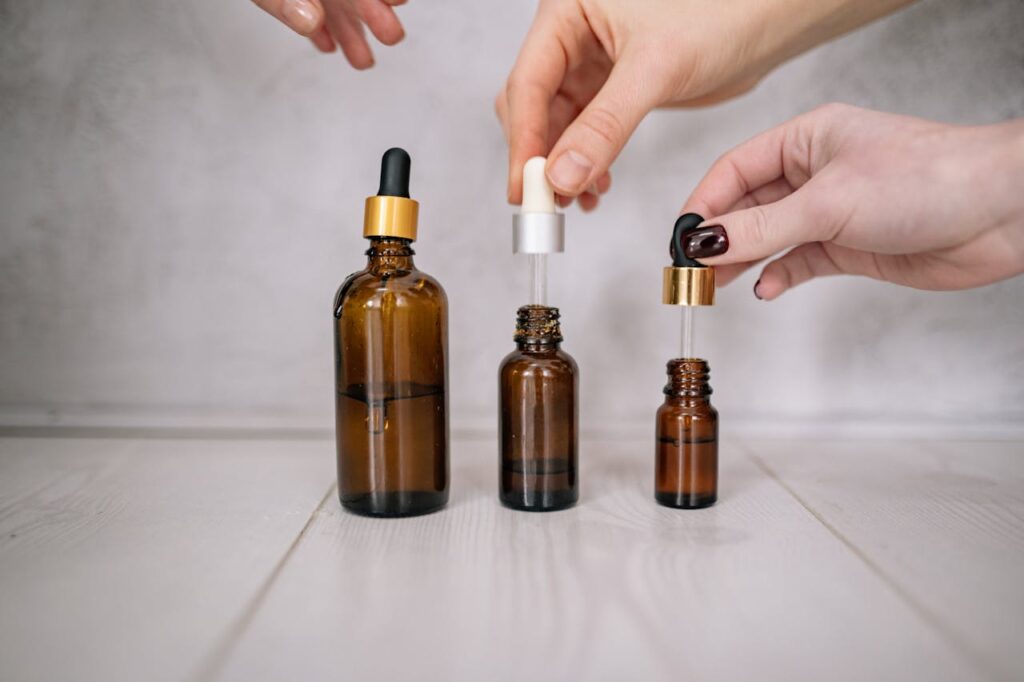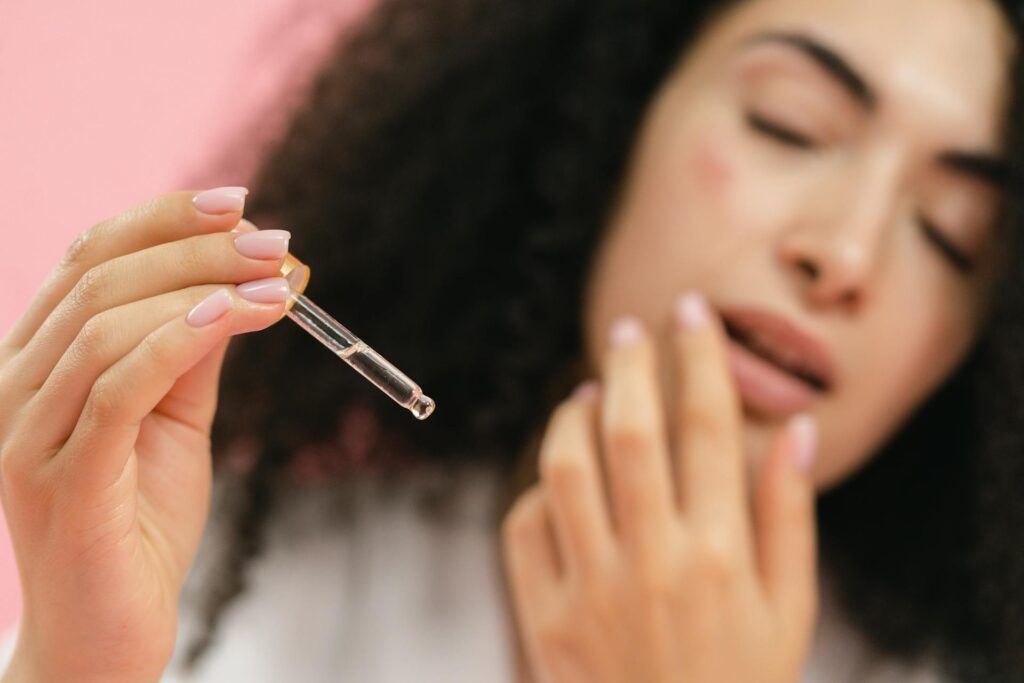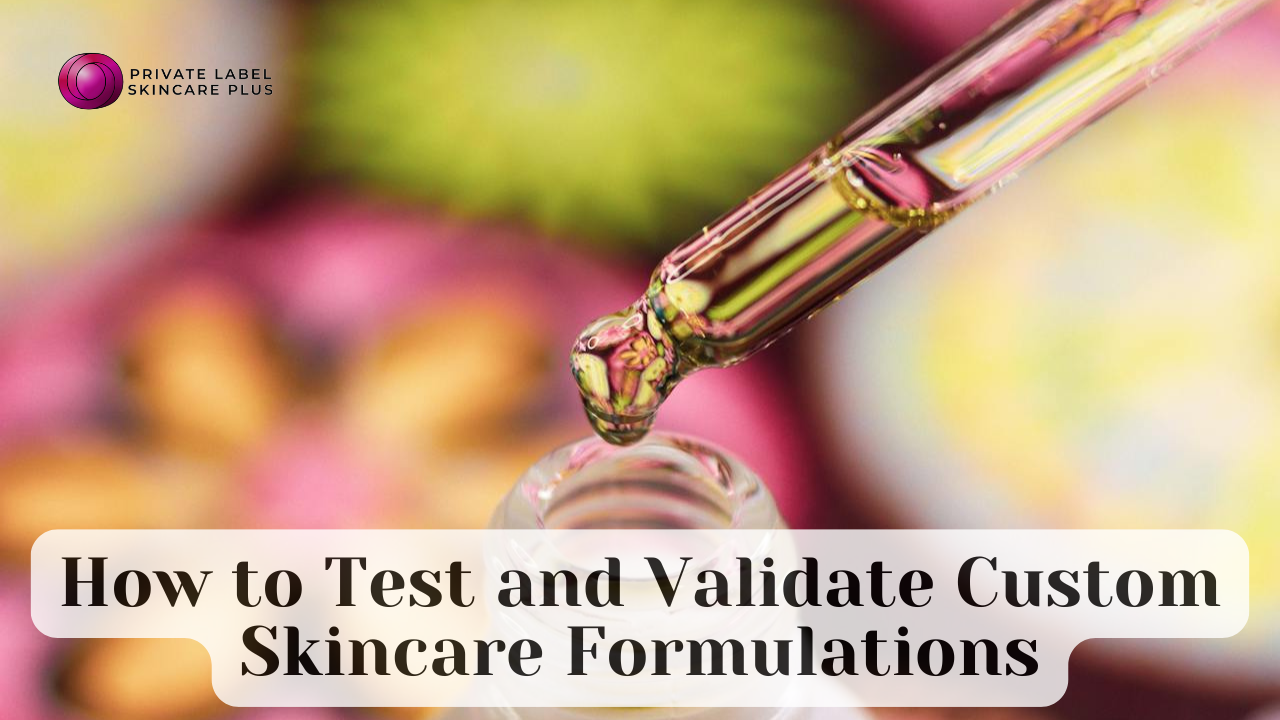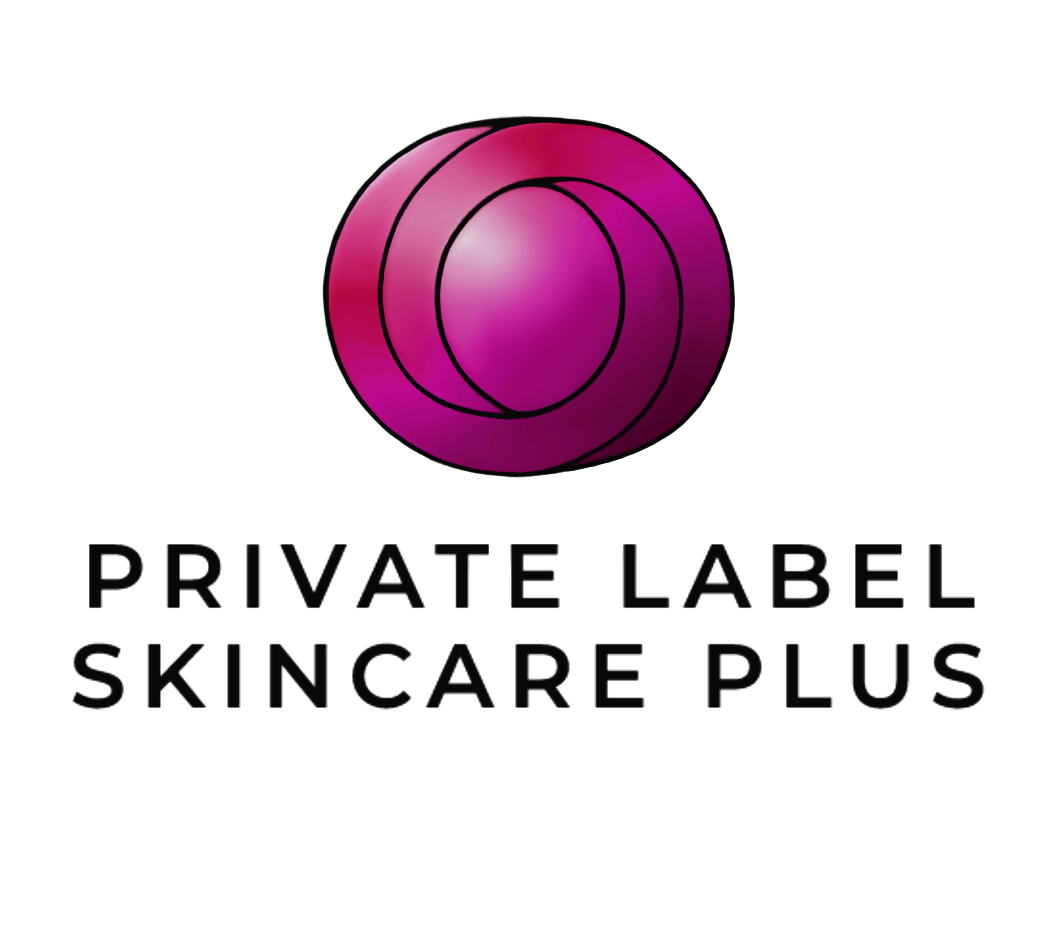The skincare industry is evolving rapidly, with consumers demanding personalized, effective, and safe products. This has led to a surge in custom formulations for skincare and private labeling, allowing brands to cater to niche markets and stand out in a crowded marketplace. However, creating a successful skincare product goes beyond just mixing ingredients.
It requires a meticulous process of testing, validation, and attention to detail, including skincare packaging and design elements like silkscreen printing. In this detailed guide, we’ll dive deeper into the steps and considerations for testing and validating custom skincare formulations, ensuring your product is both high-quality and market-ready.
Step 1: Define Your Formulation Goals and Target Audience
Before you begin formulating, it’s critical to define your product’s purpose and target audience. Are you creating a moisturizer for dry skin, a serum for anti-aging, or a cleanser for acne-prone skin? Understanding your audience’s needs will guide your ingredient selection and testing protocols.
- Market Research: Analyze competitors and identify gaps in the market. For example, if you’re targeting eco-conscious consumers, you may want to focus on sustainable, clean-beauty ingredients.
- Regulatory Considerations: Different regions have varying regulations for skincare products. For instance, the EU has stricter rules on certain ingredients compared to the U.S. Ensure your formulation complies with the regulations of your target market.
Step 2: Ingredient Selection and Compatibility Testing
The ingredients you choose are the backbone of your skincare formulation. However, not all ingredients work well together, and some may even destabilize the product. Here’s how to ensure compatibility:
- Ingredient Sourcing: Use high-quality, ethically sourced ingredients. For example, opt for organic oils or clinically proven actives like hyaluronic acid or retinol.
- Compatibility Testing: Mix ingredients in small batches to observe how they interact. Look for signs of separation, discoloration, or changes in texture.
- Preservative Efficacy Testing (PET): Preservatives are essential to prevent microbial growth. PET ensures that your preservative system is effective against bacteria, yeast, and mold.
Step 3: Stability Testing
Stability testing is crucial to ensure your product remains safe and effective throughout its shelf life. This involves exposing the formulation to various environmental conditions:
- Temperature Testing: Store the product at different temperatures (e.g., 4°C, 25°C, and 40°C) to simulate real-world conditions.
- Light Exposure: Test how the formulation reacts to UV light, especially if it’s packaged in clear or translucent containers.
- Centrifugation: Spin the product at high speeds to check for phase separation or instability.
Stability testing typically lasts 3–6 months, but accelerated testing can provide quicker results by simulating long-term storage in a shorter timeframe.
Step 4: Safety and Irritation Testing
Safety is paramount in skincare. Even the most effective formulation can fail if it causes irritation or allergic reactions. Here’s how to ensure your product is safe for use:
- Patch Testing: Apply the product to a small area of skin (usually the forearm or behind the ear) and monitor for redness, itching, or swelling.
- Repeat Insult Patch Testing (RIPT): This involves applying the product repeatedly over several weeks to identify potential sensitization.
- Ocular Irritation Testing: For products used near the eyes (e.g., eye creams), ensure they don’t cause irritation or discomfort.
- Microbial Testing: Conduct tests to ensure the product is free from harmful microorganisms, especially if it contains water or natural extracts.
For private labeling brands, safety testing is especially important to protect your brand’s reputation and ensure compliance with regulations.

Step 5: Efficacy Testing
Efficacy testing demonstrates that your product delivers on its promises. This step is critical for building consumer trust and supporting marketing claims. Common types of efficacy testing include:
- Hydration Testing: Use tools like corneometers to measure changes in skin hydration levels after product application.
- Anti-Aging Testing: Evaluate the reduction of fine lines, wrinkles, and elasticity loss using advanced imaging technology.
- Acne Reduction Testing: Assess the product’s ability to reduce breakouts, inflammation, and sebum production.
- Consumer Perception Studies: Gather feedback from real users on how the product feels, smells, and performs.
Efficacy testing not only validates your formulation but also provides data for marketing and labeling claims.
Step 6: Packaging Compatibility Testing
Skincare packaging is more than just a container—it plays a vital role in preserving the product’s integrity and enhancing the user experience. Here’s what to consider:
- Material Compatibility: Ensure the packaging material (e.g., glass, PET plastic, or aluminum) doesn’t react with the formulation. For example, essential oils can degrade certain plastics.
- Preservation Testing: Verify that the packaging protects the product from air, light, and microbial contamination. Airless pumps and opaque bottles are popular choices for sensitive formulations.
- Dispensing Mechanism: Test pumps, droppers, or jars to ensure they deliver the right amount of product and maintain hygiene.
- Sustainability: Eco-friendly packaging options, such as biodegradable materials or refillable containers, are increasingly important to consumers.
For brands looking to elevate their packaging, silkscreen printing offers a durable and visually appealing way to add logos, designs, or instructions. Unlike labels, silkscreen printing is resistant to fading, peeling, or rubbing off, making it ideal for high-end skincare products.
Step 7: Regulatory Compliance and Documentation
Compliance with local and international regulations is non-negotiable for skincare products. This step ensures your product is safe, legal, and market-ready. Key considerations include:
- Ingredient Labeling: List all ingredients using International Nomenclature of Cosmetic Ingredients (INCI) names, as required by most regulatory bodies.
- Safety Data Sheets (SDS): Provide detailed information on the safety, handling, and disposal of your formulation.
- Claims Substantiation: Ensure all marketing claims (e.g., “reduces wrinkles” or “hydrates for 24 hours”) are backed by scientific evidence from your testing process.
- Good Manufacturing Practices (GMP): Follow GMP guidelines to ensure consistent quality and safety during production.
For private labeling brands, partnering with a manufacturer that understands regulatory requirements can save time and reduce the risk of non-compliance.
Step 8: Consumer Testing and Feedback
Before launching your product, gather feedback from real users to identify potential issues and improve the formulation. This can be done through:
- Focus Groups: Invite a small group of target consumers to try the product and provide feedback on its texture, scent, and performance.
- Beta Testing: Distribute samples to a larger group and collect data on their experience over several weeks.
- Small-Scale Launches: Test the product in a limited market to gauge consumer response and make adjustments before a full-scale launch.
Consumer testing provides valuable insights into how your product performs in real-world conditions and helps build trust with your audience.

Step 9: Final Validation and Scaling
Once all testing is complete and feedback has been incorporated, the final step is to validate the formulation for mass production. This includes:
- Batch Consistency Testing: Ensure that each batch of the product meets the same quality standards in terms of texture, color, and performance.
- Shelf-Life Testing: Determine the product’s expiration date by simulating long-term storage conditions. This is especially important for natural or preservative-free formulations.
- Scaling Up: Work with your manufacturer to scale production without compromising quality. This may involve adjusting mixing times, temperatures, or equipment.
For private labeling brands, this is also the stage to finalize design elements like silkscreen printing on packaging, ensuring a cohesive and professional brand image.
Additional Considerations for Success
- Sustainability: Consumers are increasingly prioritizing eco-friendly products. Consider using recyclable or biodegradable packaging and sourcing sustainable ingredients.
- Brand Storytelling: Use your packaging and marketing to tell a compelling story about your product’s formulation, benefits, and values.
- Post-Launch Monitoring: After launching your product, continue to monitor customer feedback and performance. This can help you identify areas for improvement and plan future product developments.
Conclusion
Testing and validating custom skincare formulations is a complex but essential process that ensures your product is safe, effective, and market-ready. From ingredient selection and safety testing to skincare packaging design and silkscreen printing, every step plays a critical role in delivering a high-quality product.
By following this comprehensive guide, brands offering custom formulations for skincare or private labeling can build trust with consumers, comply with regulations, and stand out in a competitive industry. Remember, investing in thorough testing and validation not only protects your customers but also safeguards your brand’s reputation for years to come.


